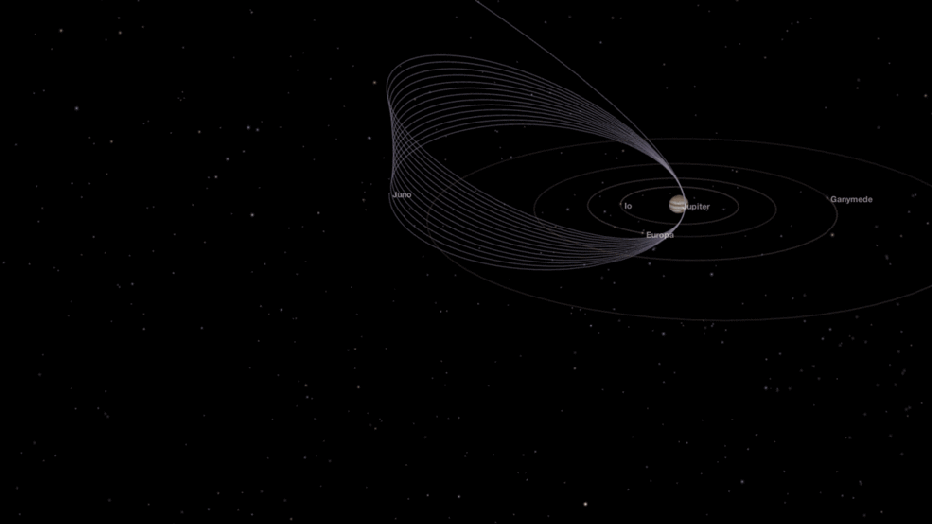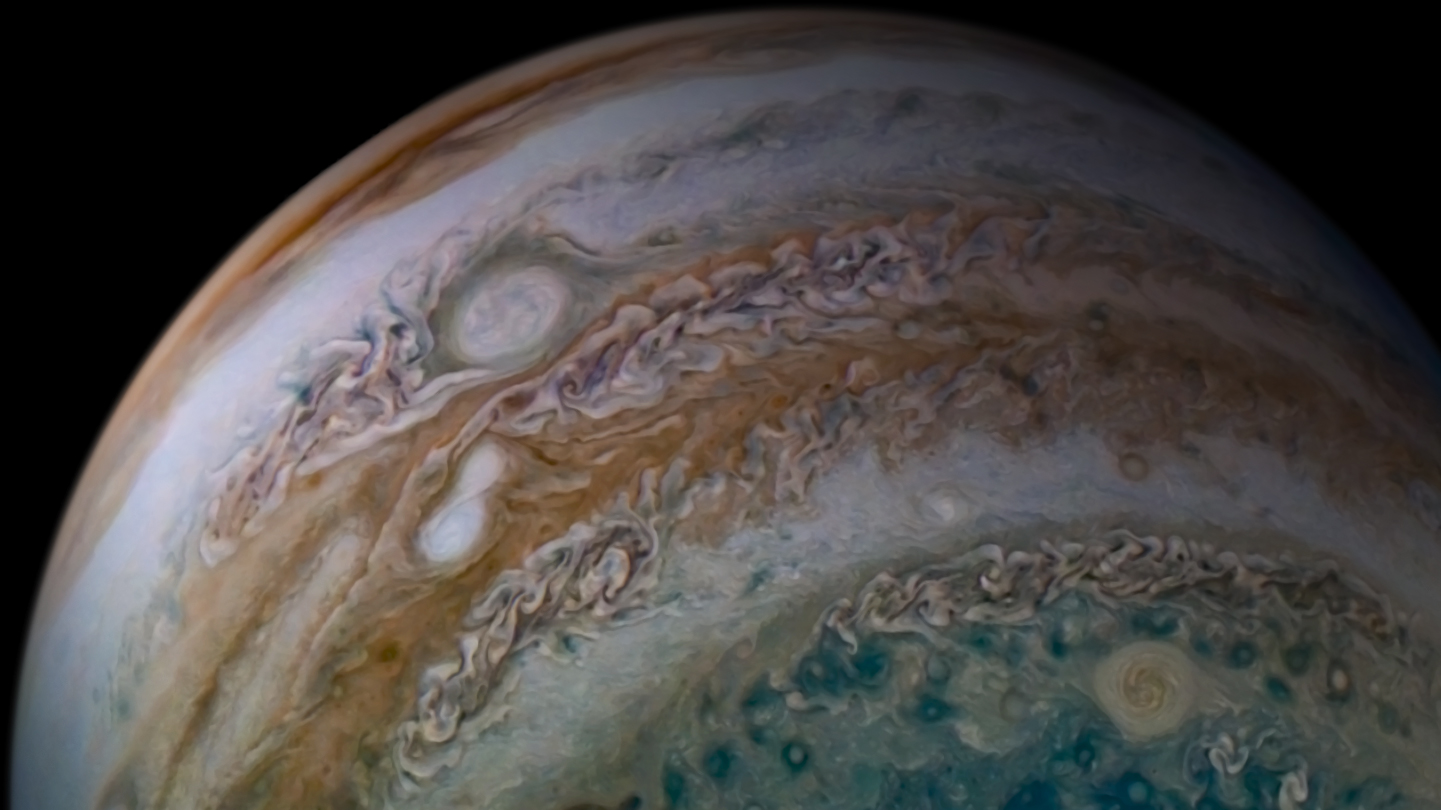You can help NASA ID different types of storms in Jupiter’s atmosphere
Want to help scientists discover more about the solar system’s biggest planet? Then become a Jovian Vortex Hunter.
Scientists at NASA are asking for the public’s help with identifying different types of storms and other meteorological phenomena that take place in Jupiter’s atmosphere.
"Figuring out how these clouds form is very important for understanding Jupiter's atmosphere, and the processes create the amazing features that we see," explains the Jovian Vortex Hunter website.
All it takes is a few minutes to set up a free account, and then you can become a planetary scientist from your computer or phone — sort of.
Here’s what scientists hope you can help them accomplish.
What questions do scientists want answered?
The Jovian Vortex Hunter project aims to accomplish several things:
1) What is the diversity of cloud structures associated with vortical phenomenon on Jupiter?
A vortical phenomenon is basically the clouds swirling around in Jupiter’s atmosphere. The most notable vortex on Jupiter is its iconic Great Red Spot, which is an ongoing storm. What’s unique about the spot is that it travels counterclockwise and the entire storm is bigger than Earth.
Winds inside the Jovian storm can reach speeds of up to 400 mph, according to the European Space Agency.
Scientists hope to also figure out the difference in diversity between cyclonic (circulates clockwise) and anticyclonic (circulates counterclockwise) features in the atmosphere. These features can include different cloud structures and colors. Are storms limited to red, white and brown cores?
Additionally, how are some elongated cyclones with deep brown colors different from non-brown ones?
2) What leads to the diversity?
What causes different types of cyclones and colors in Jupiter’s atmosphere? Scientists hope to understand if certain wind shears could be the culprit of the different storms or possibly the types of chemicals that form the clouds themselves.
Just like on Earth and how certain clouds determine whether it will simply be a nice spring day or a stormy one, Jupiter’s clouds will most likely have tells as well.
There are three different types of cloud layers on Jupiter: ammonia clouds (which is what we are able to see), followed by a layer of ammonium hydrosulfide clouds, and thick water clouds, according to NASA.
"What can we infer about the atmospheric composition, as it pertains to the color of the cloud? Can we use this to draw a distribution of composition with location?" NASA posited.
JunoCam will provide the data

GIF showing Juno’s orbit around Jupiter. (NASA/JPL-Caltech)
The JunoCam, which is aboard the Juno spacecraft, has been tasked with taking photos of Jupiter and sending them back to Earth since it was launched in 2011.
The JunoCam will provide the images with hopes of answering some of scientists’ questions about the mysterious gas giant.
The Juno spacecraft took approximately five years to reach Jupiter and has settled into a 53-day polar orbit stretching from just above Jupiter’s cloud tops to the outer reaches of the Jovian magnetosphere, according to NASA.
How can you help?
NASA has acquired about 60,000 images from the JunoCam and needs the public’s help identifying images that have vortices, where they are how they appear.
"With the catalogue of features (particularly vortices) in place, we can study the physics behind how these features form, and how they are related to the structure of the atmosphere, particularly below the clouds, where we cannot directly observe them. We hope you can help us in unraveling these mysteries!" the Jovian Vortex Hunter website said.
Visit the Jovian Vortex Hunter website and create an account (it’s free). Once you’ve received your confirmation email, you should be prompted back to the website’s project page. From there, scroll until you see the Jovian Vortex Hunter project and click.
Once you’ve gotten to the page, scroll to the middle until you see a button that says "Join in" to partake in a larger discussion board. Or you can click on any of the first three images provided and type your thoughts in a text box at the bottom of the screen.
Happy hunting!
This story was reported out of Los Angeles.


